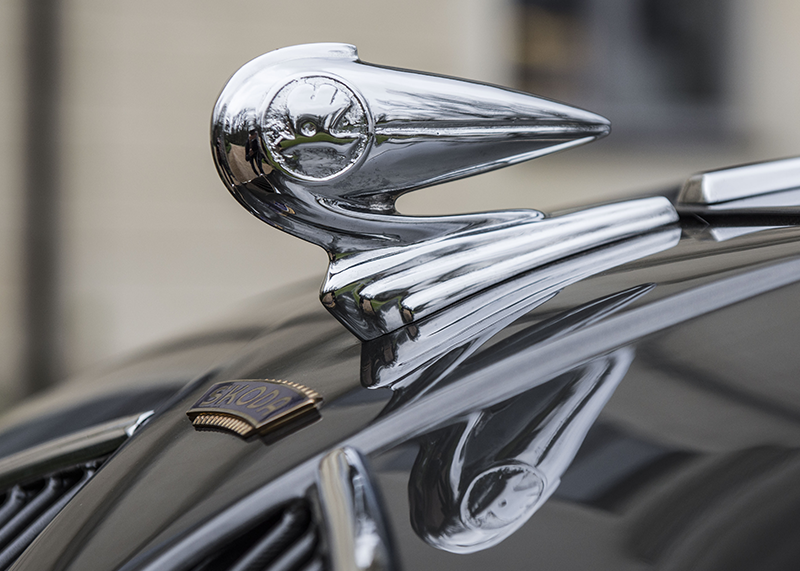Streamlined Tear-drop

This car was once ahead of its time. It is a one-of-a-kind prototype. Today, after exacting restoration, it is fully functional as it was 80 years ago. Meet the ŠKODA 935 Dynamic.
3. 7. 2017 CLASSIC CARSMedia Box
9 images
Show more
Show less

































